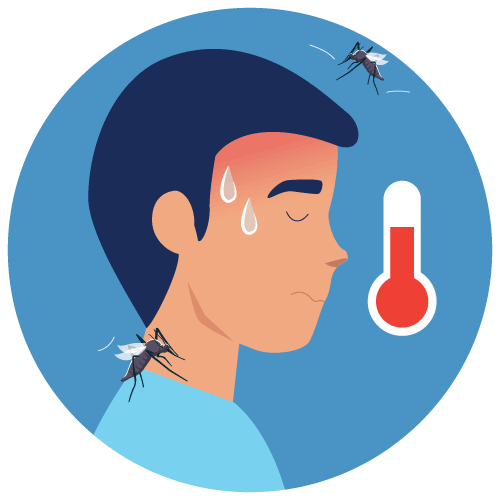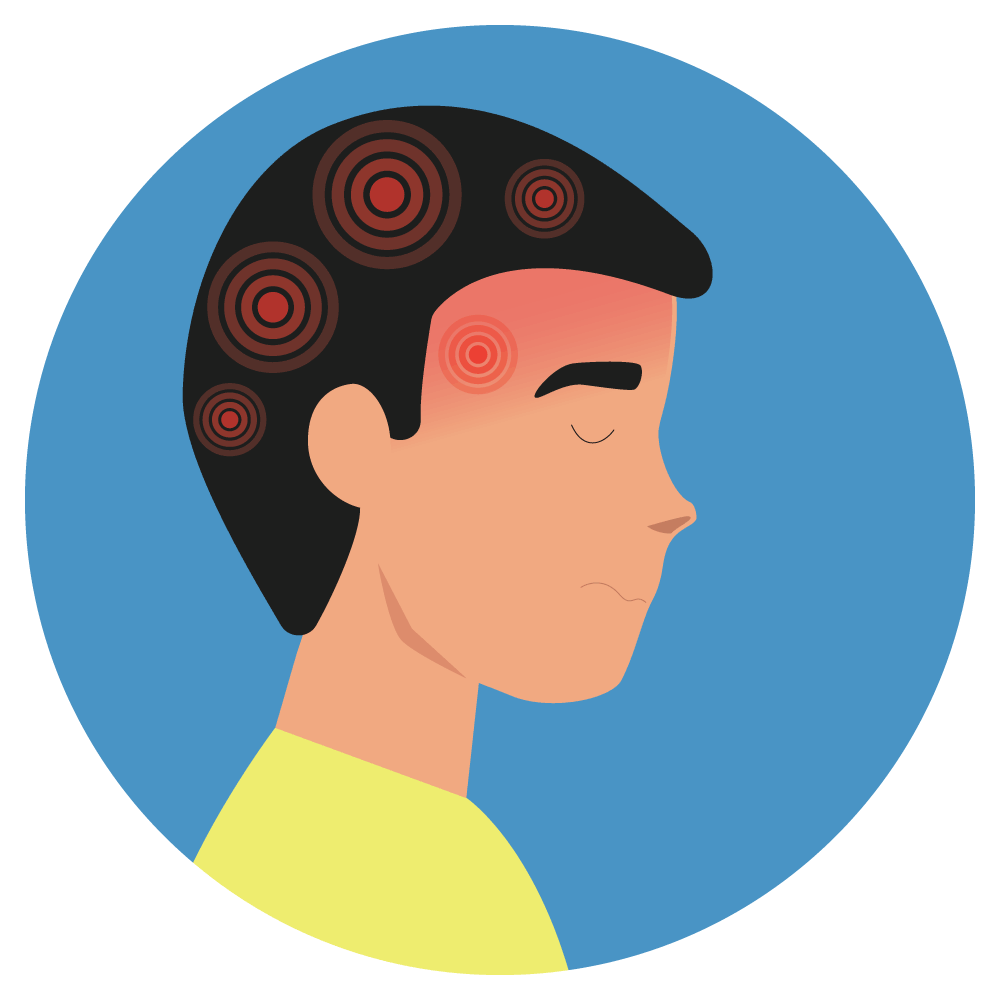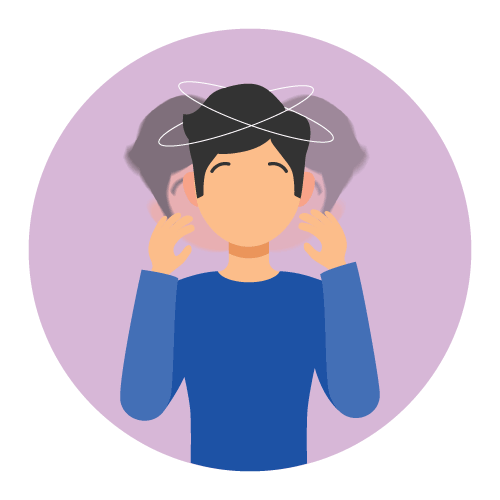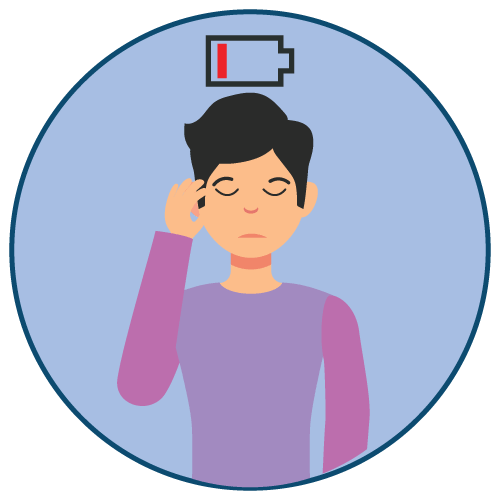Medicine details
| Image |  |
| Name | Lumertam |
| Dosage | Tablet |
| Generic Name | Artemether + Lumefantrine |
| Classes |
Antiinfective Agent Antimalarial Agent |
| Diseases |
Infectious Disease Malaria |
| Company | Square Pharmaceuticals Ltd. |
Drug Package Details
| Strength | 20 mg + 120 mg |
| Storage Condition | |
| Origin Country | Bangladesh |
| Commercial Pack | 24 |
| Price per pack | ৳ 483.12 |
| Cost per pack | ৳ 425.15 |
| Package unit | 6 tabs strip |
| Price per unit | ৳ 20.13 |
| Cost per unit | ৳ 17.71 |
| Discount | 0 |
| Coupon | |
| Remarks |
Artemether + Lumefantrine
Artemether + Lumefantrine is an antimalarial combination medicine. Both of the drugs are blood schizonticides. Aremether is rapidly converted to dihydroartemisinin, an active metabolite (DHA). The endoperoxide moiety is responsible for artemether and DHA's anti-malarial action. The precise method through which lumefantrine works as an antimalarial is unknown. Lumefantrine, on the other hand, appears to prevent the synthesis of ß-hematin by building a complex with hemin, according to existing evidence.
Artemether+lumefantrine Tablets are used to treat acute, uncomplicated malaria infections caused by Plasmodium falciparum in patients aged 2 months and up who weigh more than 5 kg. Artemether+lumefantrine Tablets have been demonstrated to be effective in areas where chloroquine resistance has been documented.
- The dosage of Artemether+Lumefantrine is as follows-
- 5 to < 15 kg: 1 tablet
- 15 to < 25 kg: 2 tablets
- 25 to < 35 kg: 3 tablets
- 35 kg and over: 4 tablets
- Each tablet contains 120 mg lumefantrine and 20 mg artemether.
- This medication should be taken with food & maybe crushed while taking.
- Tablets should be administered over 3 days for a total of 6 doses: an initial dose, second dose after 8 hours and then twice-daily (morning and evening) for the following 2 days.
- Patients with known QT prolongation, hypokalemia or hypomagnesemia, and those taking other drugs that prolong the QT interval should avoid using artemether+lumefantrine.
- Halofantrine and Artemether+lumefantrine Tablets should not be administered within one month of each other due to potential additive effects on the QT interval.
- Due to limited safety data, antimalarials should not be given concurrently unless there are no other treatment options.
- Following artemether+lumefantrine tablets, QT prolonging drugs such as quinine and quinidine should be used with caution.
- Substrates, inhibitors, or inducers of CYP3A4, including antiretroviral medications, should be used with caution with Lumefantrine (along with artemether) Tablets due to the possibility of decreased efficacy or additive QT prolongation.
Contraindication
- Coadministration of strong inducers of CYP3A4 of the following drugs is contraindicated-
- Contraindicated in patients with hypersensitive to lumefantrine and artemether.
Coadministration with St. John's wort is contraindicated.
None known.








 Bangla
Bangla English
English